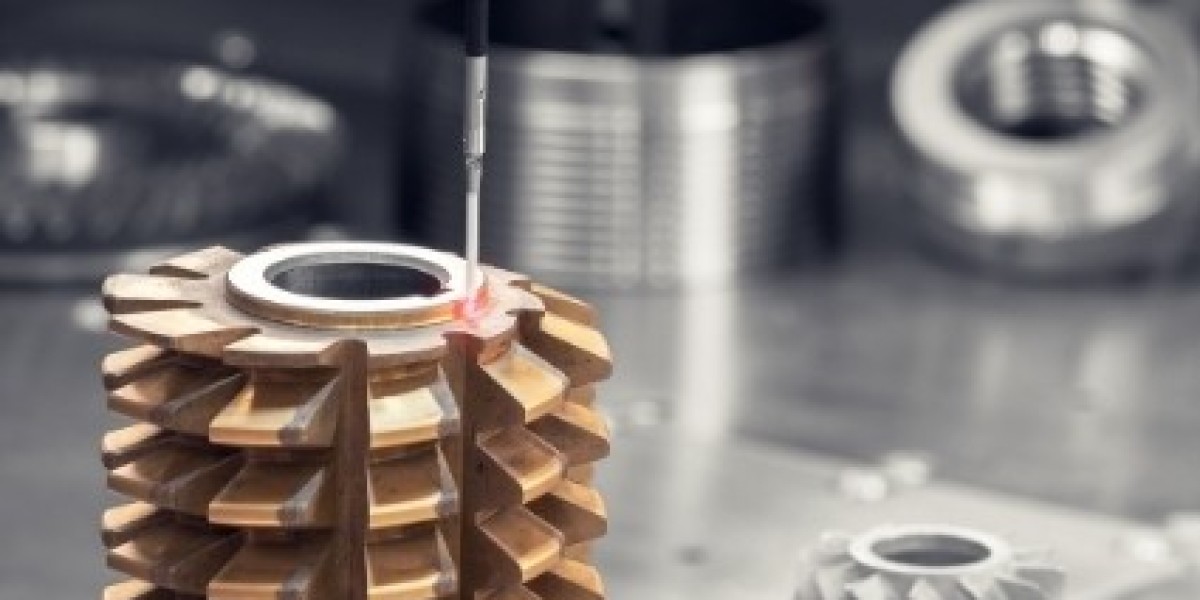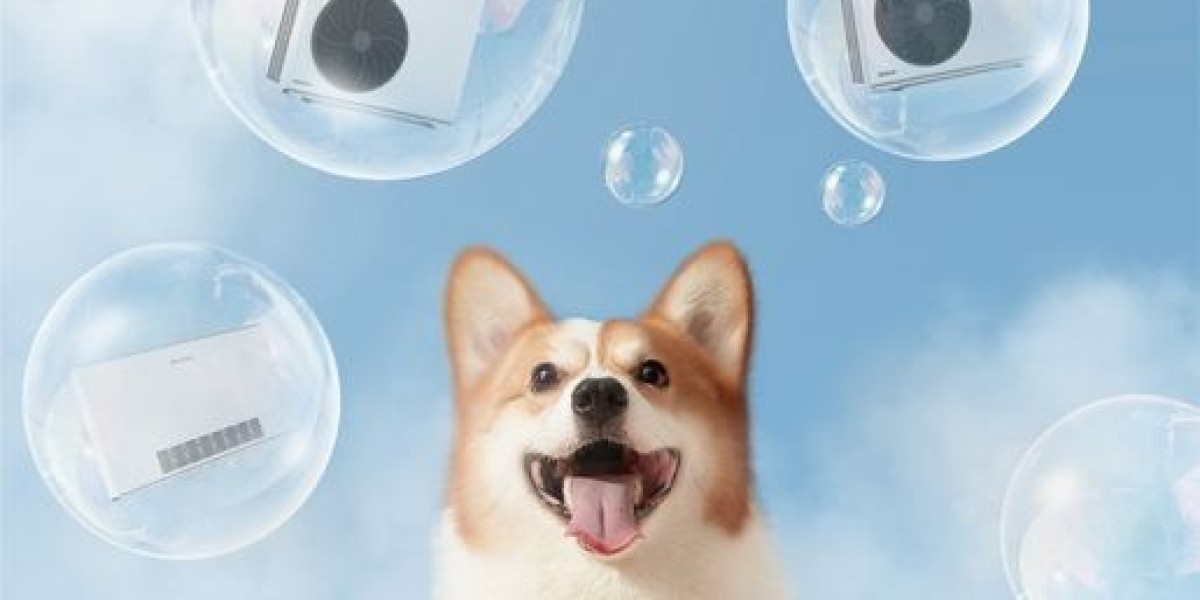Machined casting is a versatile manufacturing process that combines the flexibility of casting with the precision of machining. This guide will delve into the intricacies of machined casting, exploring its advantages, process, applications, and best practices.
Understanding Machined Casting: Machined casting, also known as cast machining or cast-to-shape, involves casting a rough shape followed by precision machining to achieve the desired final dimensions and surface finish. It marries the cost-effectiveness of casting with the accuracy of machining, making it ideal for producing complex parts with tight tolerances.
Advantages of Machined Casting:
- Cost Efficiency: Machined casting reduces material waste compared to traditional machining processes since it starts with a cast blank close to the final shape.
- Design Flexibility: Complex geometries and intricate features can be easily achieved through casting, while machining ensures precise dimensional accuracy.
- Material Variety: Machined casting can be applied to a wide range of materials, including metals like aluminum, steel, and cast iron, as well as various alloys.
- Strength and Durability: The metallurgical properties of cast materials provide excellent strength and durability, crucial for demanding applications.
- Surface Finish: Machining allows for fine-tuning the surface finish to meet specific requirements, achieving both functional and aesthetic goals.
Process of Machined Casting:
- Pattern Making: The process begins with the creation of a pattern, typically made from wood, plastic, or metal, which defines the shape of the final part.
- Molding: The pattern is used to create a mold cavity into which molten metal is poured. Various casting methods, such as sand casting, investment casting, or die casting, can be employed based on the requirements.
- Casting: Molten metal is poured into the mold cavity and left to cool and solidify, forming the rough shape of the desired part.
- Removal of Casting: Once solidified, the casting is removed from the mold, often requiring additional processes such as shakeout, knockout, or extraction.
- Machining: The rough casting undergoes precision machining operations such as milling, turning, drilling, and grinding to achieve the final dimensions, tolerances, and surface finish.
- Finishing Operations: Post-machining processes such as deburring, polishing, and coating may be applied to further enhance the part's quality and appearance.
Applications of Machined Casting:
- Automotive Industry: Machined casting is widely used in automotive components such as engine blocks, transmission housings, and cylinder heads.
- Aerospace Sector: Critical aerospace parts like turbine blades, structural components, and landing gear components benefit from the strength and precision of machined casting.
- Industrial Machinery: Many heavy-duty machinery and equipment rely on machined cast parts for their robustness and performance.
- Medical Devices: Machined casting enables the production of intricate medical devices and implants with high precision and biocompatibility.
- Consumer Goods: From high-end kitchen appliances to luxury watches, machined casting provides the perfect balance of aesthetics and functionality.
Best Practices for Machined Casting:
- Collaborative Design: Involve casting and machining experts early in the design phase to optimize part geometry for manufacturability.
- Material Selection: Choose the most suitable casting material based on mechanical properties, corrosion resistance, and cost considerations.
- Process Optimization: Fine-tune casting parameters such as mold design, gating system, and pouring temperature to minimize defects and improve casting quality.
- Machining Strategy: Implement efficient machining strategies such as fixture design, tool selection, and cutting parameters to maximize productivity and accuracy.
- Quality Assurance: Employ rigorous inspection techniques including dimensional measurement, surface analysis, and non-destructive testing to ensure part quality meets specifications.
Conclusion: Machined casting offers a winning combination of cost-effectiveness, design flexibility, and precision, making it a preferred manufacturing solution for a wide range of industries and applications. By understanding the process, advantages, applications, and best practices of machined casting, manufacturers can harness its full potential to create high-quality, complex parts efficiently and economically.







